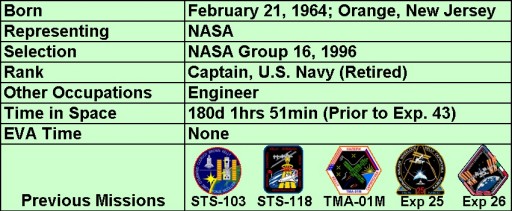Scott Kelly
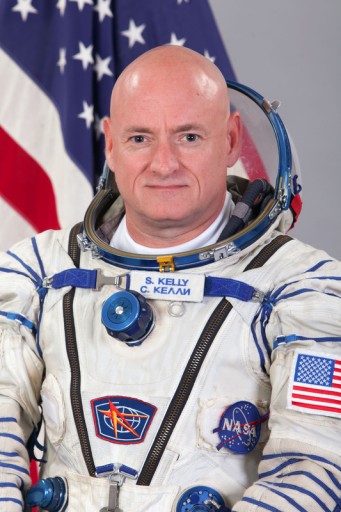
Scott Kelly, born February 21, 1964 in Orange, New Jersey, is a NASA Astronaut, engineer and a retired Captain in the U.S. Navy. As part of his Astronaut career, Kelly made two flights on the Space Shuttle and one long-duration mission to the International Space Station for a total of 180 days spent in space. In 2015/16, together with Cosmonaut Mikhail Kornienko, Kelly will participate in the first one-year Expedition to ISS.
Scott Kelly attended Mountain High School in West Orange, graduating in 1982. In 1987, he received a bachelor’s degree in Electrical Engineering from the State University of New York Maritime College. He was commissioned in the U.S. Navy in May 1987 from the New York Maritime College. Kelly was designated a naval aviator in 1989 at the Naval Air Station in Beeville, Texas, afterwards reporting to Fighter Squadron 101 at Oceana, Virginia to perform F-14 training. Upon completion of his training, Kelly served in Fighter Squadron 143, making a number of overseas deployments aboard the USS Dwight D. Eisenhower, including deployments in the North Atlantic, Red Sea and Persian Gulf.
In January 1993, Scott Kelly was approved at the Naval Test Pilot School for one and a half years of training after which he began working as a test pilot at the Strike Aircraft Test Squadron in Maryland, flying the F-14 and F/A-18, becoming the first pilot to test the F-14 with a new digital flight control system.
He performed subsequent test missions of the F-14 including high-angle of attack and departure testing. Overall, he logged more than 8,000 flying hours in over 40 different aircraft configurations. He made over 250 carrier landings and holds the United States Coast Guard Third Mate’s license.
Kelly received a Master’s degree in Aviation Systems from the University of Tennessee, Knoxville, in 1996. In April of that year, NASA selected Scott Kelly as an Astronaut Candidate along with his twin brother, Mark. In August, Kelly reported to the Johnson Space Center for two years of basic training and evaluation after which he entered the Astronaut Office Spacecraft Systems and Operations Branch.
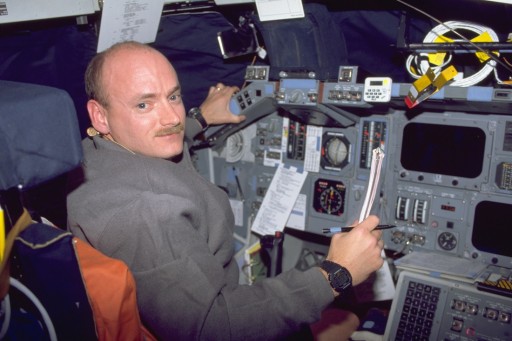
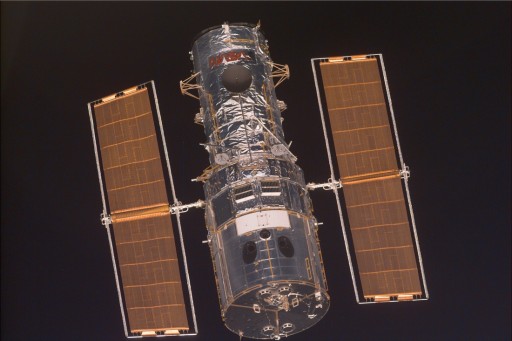
Kelly was assigned a flight status, starting to train to become a Space Shuttle Pilot on the STS-103 mission of Space Shuttle Discovery to the Hubble Space Telescope in 1999. Discovery launched from the Kennedy Space Center on December 20, 1999 and linked up with the Hubble Space Telescope two days later as Hubble was grappled by the Shuttle’s robotic arm. Discovery orbited Earth with an apogee at 609 Kilometers in altitude, the highest orbit ever reached by the Space Shuttle.
Hubble remained with the Shuttle for three and a half days during which three spacewalks were conducted. As part of Hubble Servicing Mission 3A, the telescope’s six gyroscopes, a Fine Guidance Sensor and the spacecraft’s main computer were replaced. Also, the crew installed a voltage/temperature improvement kit, a new S-Band transmitter, a spare solid-state recorder, and a new layer of external insulation that replaced the degraded old MLI.
Letting Hubble go on December 25, Discovery began its return trip that culminated in a landing on Runway 33 at the Shuttle Landing Facility on December 28 after a mission of 7 days and 23 hours.
After his first mission, Kelly served as the NASA Director of Operations at the Gagarin Cosmonaut Training Center and he also trained as a backup crew member for the ISS Expedition 5 mission. He also worked as the Space Station Branch Chief within the Astronaut Office.
In September 2002, Kelly participated in NEEMO 4 (NASA Extreme Environment Mission Operations), living in an underwater facility off the Florida Coast for five days to test exploration concepts, simulating exploration missions to the surface of asteroids, moons and Mars. Serving as commander, Kelly and his crew spent five days saturation diving. In April 2005, Kelly was part of the NEEMO 8 crew for a three-day deployment.
Kelly then entered training for his next Space Shuttle mission in 2002 to command an assembly flight to the International Space Station. Due to the Columbia accident in 2003, missions were halted and many crews were re-formed. Assigned to mission STS-118 of Space Shuttle Endeavour, Kelly started training with his six fellow crew members.
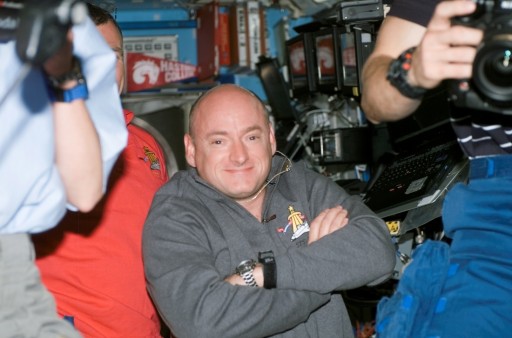
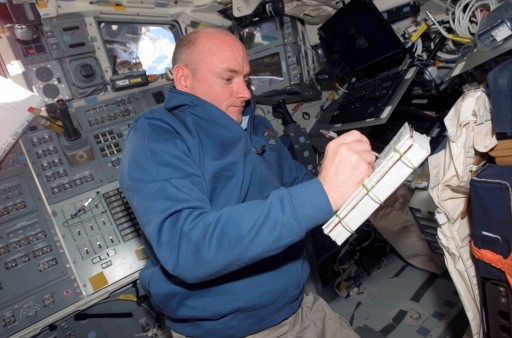
Endeavour blasted off from the Kennedy Space Center on August 8, 2007 and linked up with the International Space Station two days later with Scott Kelly conducting a flawless docking to Pressurized Mating Adapter 2. Endeavour delivered to ISS the S5 truss segment, External Stowage Platform 3 and several tonnes of internal supplies delivered by the Spacehab Logistics Single Module. Four spacewalks were performed during the mission to install the S5 truss and work on the P6 radiator.
The EVA crews also replaced a failed Control Moment Gyro, relocated an S-Band Antenna Structural Assembly, relocated the CETA cart, retrieved materials science experiments and completed a number of other outfitting tasks on the exterior of the US Segment of ISS. STS-118 was the first mission using the Station-to-Shuttle Power Transfer System allowing Endeavour to remain docked with ISS for over eight and a half days, departing on August 19 en-route to a successful return from space on August 21 as Scott Kelly piloted the Shuttle back to a smooth landing at the Kennedy Space Center.
In July 2008, Kelly was assigned to the backup crew of Expedition 23 and the prime crew of Expedition 25/26. Subsequently, he started training for a long-duration mission to ISS at the various involved partner agencies, joined by Russian Cosmonauts Aleksandr Kaleri and Oleg Skripochka. The crew was the first to train for flight aboard the modernized Soyuz TMA-M variant that features an improved digital flight control system and more capable flight computers along with other weight reduction measures.
In April 2010, the crew served as backups to the Soyuz TMA-18 crew heading to the International Space Station, afterwards being upgraded to prime crew members for their long-duration mission to the orbiting outpost.
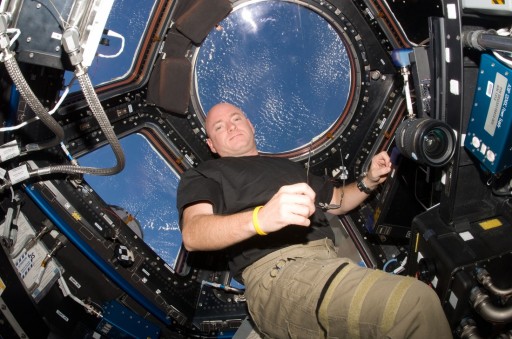
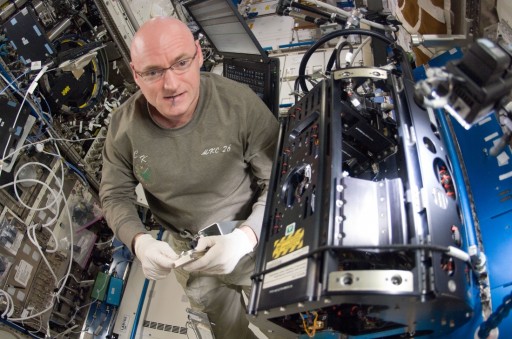
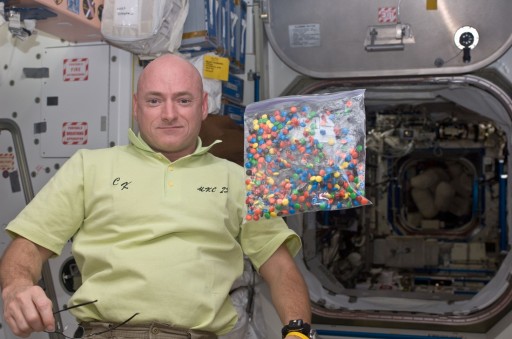
Soyuz TMA-01M blasted off atop a Soyuz FG rocket on October 7, 2010 and enjoyed a flawless trip into orbit, beginning a 34-orbit rendezvous with the Space Station. The spacecraft conducted a fully automatic rendezvous with ISS, culminating in a successful docking to the Poisk Module at 0:01 UTC on October 10.
The three Soyuz crew members joined the Expedition 25 crew of Doug Wheelock, Shannon Walker and Fyodor Yurchikhin. Gearing up for seven weeks of joint operations, the crew was focused on performing over 150 active experiments aboard ISS and conducting regular maintenance on the various ISS systems.
On October 25, Progress M-05M made room for the next Progress resupply craft, M-08M, that launched two days later from Baikonur and arrived in the vicinity of ISS another two days later. When stationkeeping at 194 meters, the Progress was switched to TORU mode after a problem with its automatic rendezvous system was detected. Working inside the Service Module of ISS, Aleksandr Kaleri manually brought the craft in for a docking to the Pirs Module to mark the arrival of 2,300 Kilograms of cargo at ISS.
Stepping outside on November 15, Yurchikhin and Skripochka conducted a 6-hour 27-minute spacewalk to install a multipurpose workstation on the Zvezda module, put in place struts between the Poisk and Zvezda modules, retrieve a number of external experiment payloads and install new ones on the exterior of the Russian ISS Segment.
After the EVA, the crew focused on the departure of Soyuz TMA-19 that made a successful landing on November 26, 2010. Kelly, Kaleri and Skripochka worked as a crew of three for the first two weeks of Expedition 26 until they were joined by Dimitri Kondratyev, Cady Coleman and Paolo Nespoli, brought to ISS by the Soyuz TMA-20 spacecraft on November 26.
In the closing weeks of 2010, the crew was purely focused on science operations and also got a chance to take a few days off over the holidays. On January 21, 2011, Skripochka and Kondratyev performed a 5-hour 23-minute EVA that was dedicated to the installation of the Radio Technical System for Information Transfer to demonstrate high-data rate communications to ground stations. During the EVA, the team also removed the plasma pulse generator from Zvezda, the Expose-R experiment and the crew also relocated a camera on the Rassvet module.
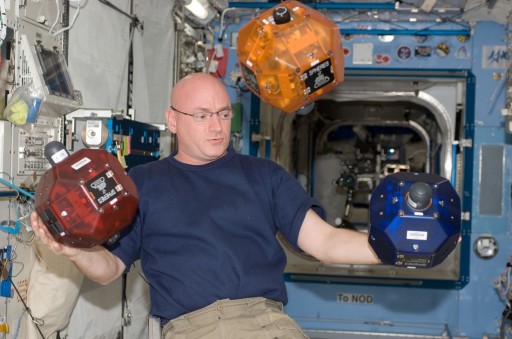
The two spacewalkers ventured outside again on February 16, installing a radio antenna, deploying a nano satellite, installing two experiment payloads and retrieving two exposure payloads.
In January and February, ISS was visited by three spacecraft, Progress M-09M arrived at Pirs on January 30 delivering 2,666kg of supplies, ATV-2 docked to Zvezda on February 24 carrying 7,084kg of cargo, and Space Shuttle Discovery docked to PMA-2 on February 26 with a crew of six. Discovery delivered the Permanent Multipurpose Module stuffed with tons of equipment, the ExPRESS Logistics Carrier 4, Robonaut and different internal payloads. The mission featured two EVAs to outfit the exterior of the various USOS modules.
Soyuz TMA-01M departed ISS on March 16, 2011, headed for a short free flight ahead of its deorbit burn and re-entry into the atmosphere. The spacecraft landed in a snowy Kazakh steppe, concluding a mission of 157 days, 4 hours and 26 minutes.
Overall, Scott Kelly logged 180 days, 1 hour and 51 minutes in space as part of his three missions.
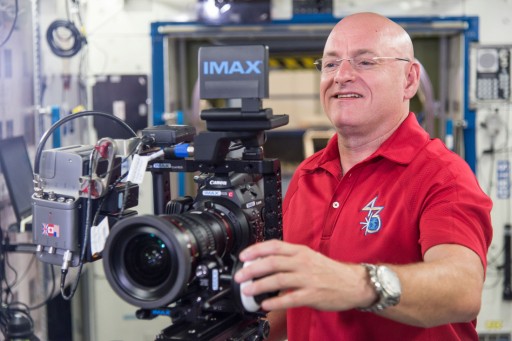
Returning from his first long-duration space flight, Kelly completed the standard post-flight exams and debriefings. He then served as the International Space Station Operations Branch Chief among other technical duties within the Astronaut Office. In November 2012, Kelly was confirmed as NASA’s selection for the one-year Expedition to ISS, flying alongside Mikhail Kornienko who Kelly trained with as part of an earlier backup crew assignment. The two one-year crew members completed training operations at the various NASA centers, also training with the various crew members they will work with over the course of their four expeditions to ISS.
As part of his one-year flight to ISS beginning in March 2015, Kelly will serve a Soyuz Flight Engineer on Soyuz TMA-16M, and ISS Flight Engineer for Expeditions 43 & 44 before becoming the commander of Expeditions 45 and 46 – returning to Earth in March 2016 on Soyuz TMA-18M commanded by Sergei Volkov.

